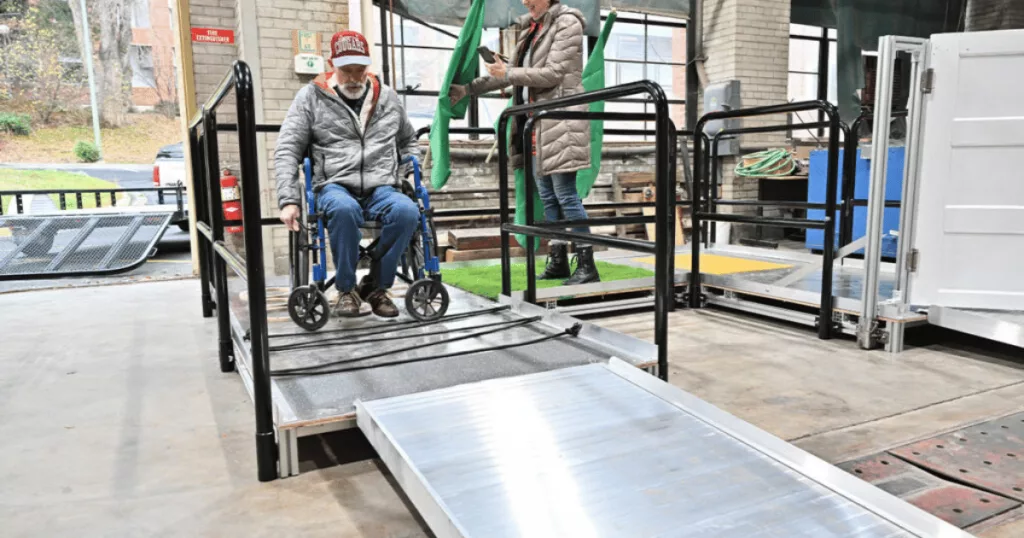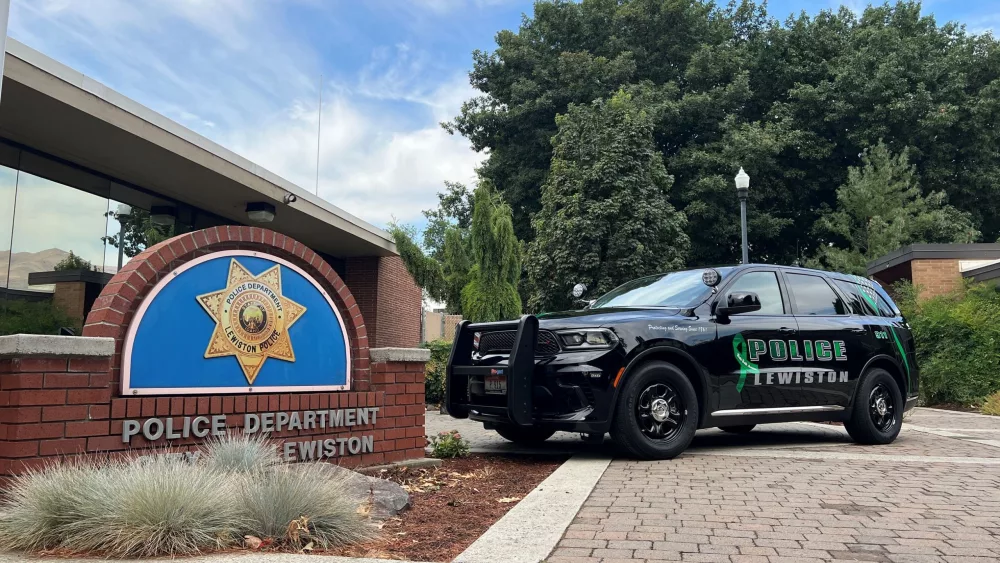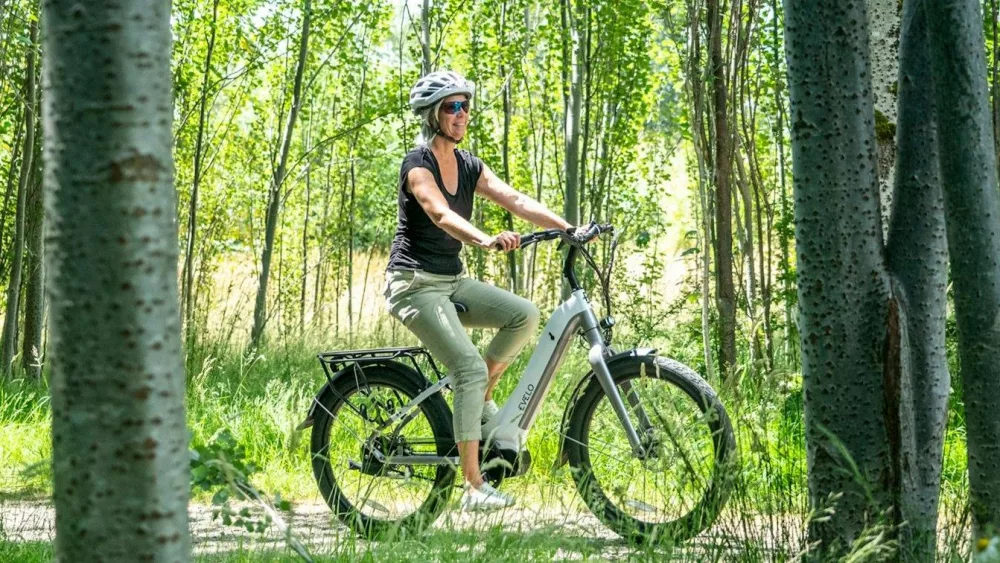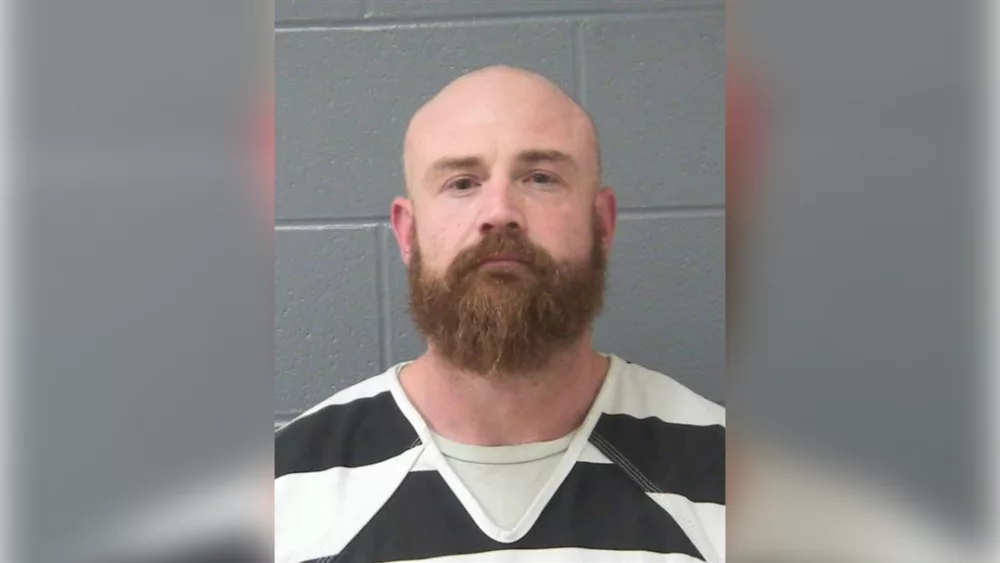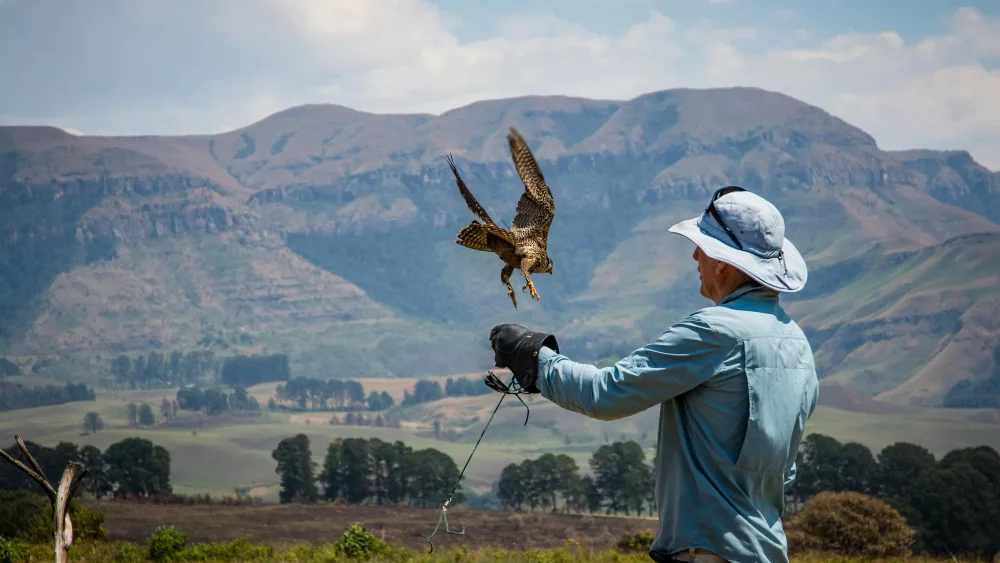(Pullman, WA) A Washington State University mechanical engineering student team designed a wheelchair obstacle course that they hope can raise awareness for non-wheelchair users about the challenges that those with disabilities face daily.
Fourteen students worked on the project for the Disability Action Center NW as part of their senior engineering design class.
“The obstacle course implements architectural barriers common in urban infrastructure, such as high door thresholds, tight corners, round doorknobs, and slick surfaces,” said Megan Wahlquist, a student who worked on the project. “By designing a wheelchair obstacle course with these barriers in mind, the disability center will be able to showcase at their events the difficulties these barriers impose on wheelchair users.”
The obstacle course needed to be easily transportable, easy to assemble, safe enough to support testing in a wheelchair, lightweight, and made from durable materials. The students built their project out of aluminum sheets, plywood reinforcement, and steel railings. Their course requires that a person in a wheelchair navigates through a door and then around tight corners on unfriendly surfaces.
“The client had previously had an obstacle course, but it was made from wood and was worn out,” said Ashton Kelley, who also worked on the project. “Given this information, we created a spreadsheet where we compared the importance of each of the design factors such as safety, durability, and portability. When it came to deciding which obstacles should be in the new obstacle course, we chose a mix of obstacles from the old wheelchair obstacle course and some of our new obstacle ideas that the client liked.”
In the senior design class, the students are not just preparing for their careers, but making a real impact on their community, says Nandita Biswas, associate professor in the School of Mechanical and Materials Engineering who teaches the class.
The students learn how to effectively collaborate with a team, do engineering design, and work with clients. In addition to the obstacle course, student groups also designed an awning for the disability center and created an accessibility lift for the Palouse Area High School Robotics Club.
The students benefit from the course by learning engineering, but also by serving the community, said Biswas.
“I am personally passionate about community projects, so I hope to keep on doing this and I hope to have funding to do it,” she said. “Doing the engineering for selfless reasons and no monetary reason, I feel that makes students better humans and better engineers.”
The WSU Center for Civic Engagement (CCE) helped Biswas get in contact with the Disability Action Center and the Palouse Area High School Robotics Club where they brainstormed how students could help. The projects are funded by the community partners.
“Through service-learning, students apply classroom concepts to real-world challenges and apply theories of universal design,” said Allison Rockwell, service-learning coordinator with CCE. “This enhances their engineering skills while contributing to the success of nonprofit organizations in achieving their goals.”

